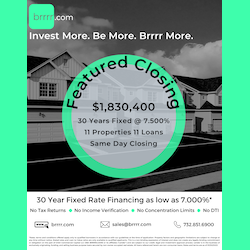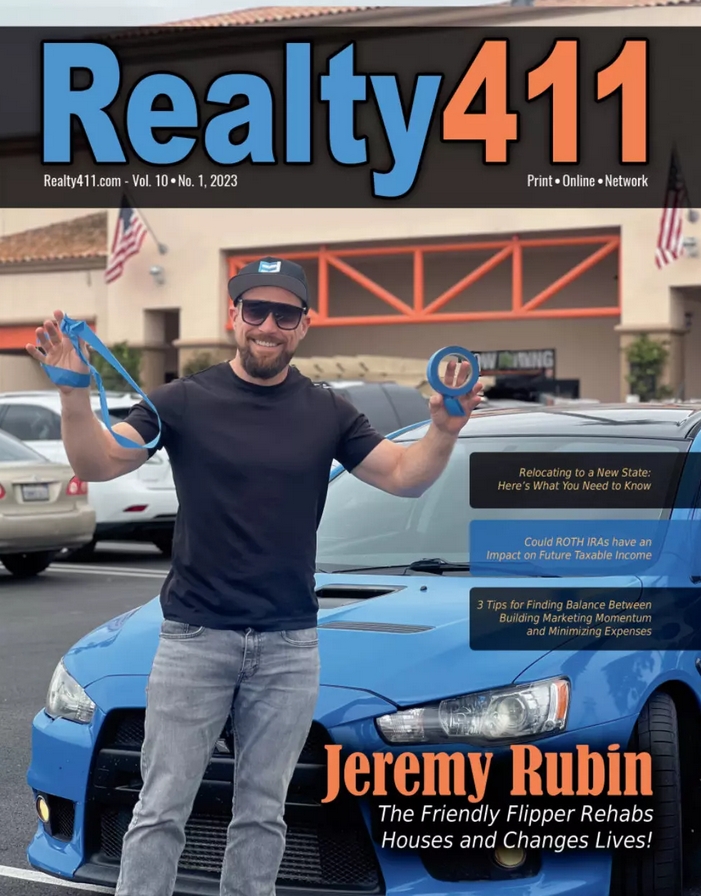|
Getting your Trinity Audio player ready...
|

By Rick Tobin
The 2023 year continues to be one of the most interesting, perplexing, and challenging years that many of us have ever seen. From my perspective, there has never been a year like this year to compare it to as it relates specifically to housing, finance, investments, insurance, and to our federal government.
The only constant in life is change. Remember, if you always do what you’ve always done, you will always get what you’ve always gotten. As such, please be flexible and ever-changing as needed to minimize your downside risks and to maximize your financial gains.
Let’s take a look next at my Top 10 topic points that I will be sharing and discussing with my So-Cal Real Estate Investors group this month:
article continues after advertisement
1. Credit downgrades for the US, Fannie Mae, and Freddie Mac:
The Fitch credit rating agency just downgraded our federal government and the two largest secondary market investors for 70% of all mortgages named Fannie Mae and Freddie Mac, which have both been under government control since the fall of 2008 when they both almost imploded. The new credit rating is AA+ for all three entities after falling from the highest AAA credit rating.
As a result, the borrowing costs will likely increase while moving mortgage rates higher along with the 10-year Treasury yield which is inverse to the 10-year Treasury bond price like a seesaw. All 30-year fixed mortgage rates are tied to the 10-year Treasury yield directions, not to the fed funds rate which affects other consumer debts like credit cards, school loans, and car loans. Don’t be surprised if we soon see double-digit mortgage rates above 10%. The all-time record high 30-year fixed mortgage rate reached 18.6% in October 1981, by comparison.

Both Fannie Mae and Freddie Mac are highly leveraged with derivatives (a complex financial and insurance hybrid instrument) which can cause them to default on their investments due to triggering factors like rising distressed mortgage or foreclosure rates. If so, they may be forced to sell off some of their tens of millions of mortgages held in their portfolio to deep-pocketed corporations like BlackRock, Vanguard (largest BlackRock shareholder), and Blackstone (a BlackRock spinoff that’s also the world’s largest commercial real estate owner).
2. Why did mortgage rates reach all-time record lows in recent years?
Answer: The Federal Reserve created the Quantitative Easing (QE) program in November 2008 shortly after the US and global financial markets almost collapsed on September 29, 2008. The QE program is a fancy name for creating money out of thin air to buy stocks, bonds, and mortgages so that asset values don’t fall.
Back in 1961, President John F. Kennedy helped back the Operation Twist monetary policy program in an attempt to drive down long-term interest rates while buying and selling gold and gold-backed dollars at the same time. The “twist” name was partly derived from the Chubby Checker Twist dance craze.
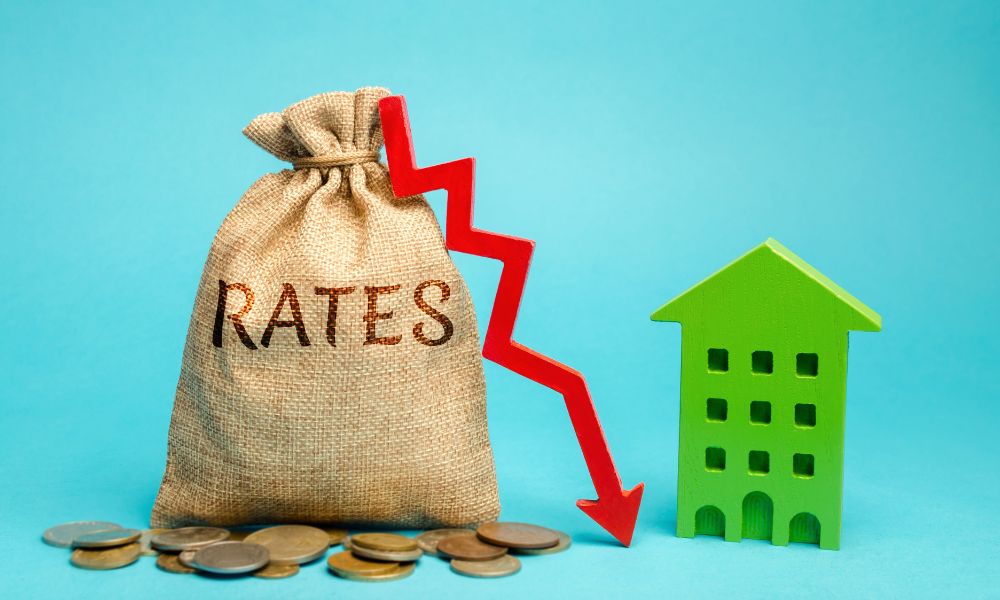
In 2011, Operation Twist was brought back on a larger scale as both short-term and long-term bonds were simultaneously purchased and sold to artificially suppress the 10-year Treasury yield while driving the 30-year mortgage rate down to as low as the 2% rate ranges to boost home sales and prices. In recent years, the Federal Reserve became a net seller of assets purchased through Quantitative Easing. Due to fewer buyers for our debt, the lowered demand pushes the price down while boosting the 10-year Treasury yield. When bond prices fall, yields and corresponding 30-year fixed mortgage rates and borrowing costs rise.
The Fed’s record-setting rate hikes makes the borrowing costs for the US Treasury much higher as well. We’re on pace for $1 trillion dollars per year in interest payments made on the all-time record federal debt.
3. Insurance costs continue to skyrocket:
About 22% of homeowner insurance companies have completely stopped offering homeowners insurance here in California. As shared before, more than 70% of residential properties in California have a mortgage that requires active homeowners or landlord insurance. If not, it can trigger a foreclosure filing because the lender or mortgage loan servicing company requires homeowners insurance that lists them as a “named insured” in the event of a fire, flood, or some other type of property damage.
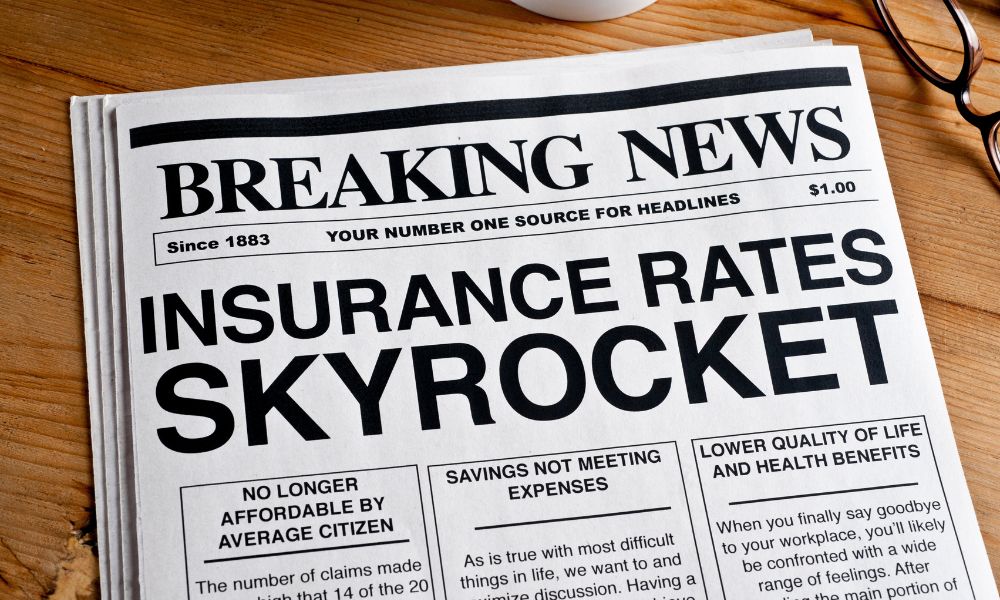
State Farm, Farmers, AIG, Chubb Geico, and others are just some of the insurance companies that have decreased or completely eliminated the issuing of new or renewal policies in California, Florida, and elsewhere. The reinsurance market is freezing up for insurance carriers, which is somewhat akin to their version of Fannie Mae, Freddie Mac, or secondary market derivatives investors who replenish capital for banks or insurance companies.
Due to fewer investors for riskier insurance in the reinsurance marketplace and fewer insurance companies willing to write new policies, the prices charged for new borrowers has absolutely skyrocketed. For example, a homeowner in St. Augustine, Florida (America’s first city) saw her annual insurance premiums for her 120-year old home rise from $8,800 to $36,000.
4. Housing and mortgage trends nationwide:
- There are 140 million housing units in America.
- 64.8% of homes have a mortgage (96,320,000).
- 31.2% of homes have no mortgage (43,680,000).
- There are almost one million Airbnb and VRBO rental units.
- There are currently 1.7 million housing units in America under construction.
- There are 44 million rental units across the nation.
- 80% of retirees own a home while almost half live near poverty.
- Retirees (Baby Boomers and older Generation X) own 55.58% of the nation’s housing stock (55.8% of 140 million housing units = 77,812,000; 44% of these units have a mortgage or 34,237,280 properties). If half of these property owners are in distress, this could equal 17,118,640 properties, which might be equal to almost 39% of the rental market.
- The IRS continues to remove family transfer benefits by way of trusts and other entities that may rapidly increase the amount of capital gains taxes which the heirs of older American property owners must pay following death. If so, it may accelerate the number of future listings so that heirs can pay their higher taxes.
5. Homeowner bailout options:
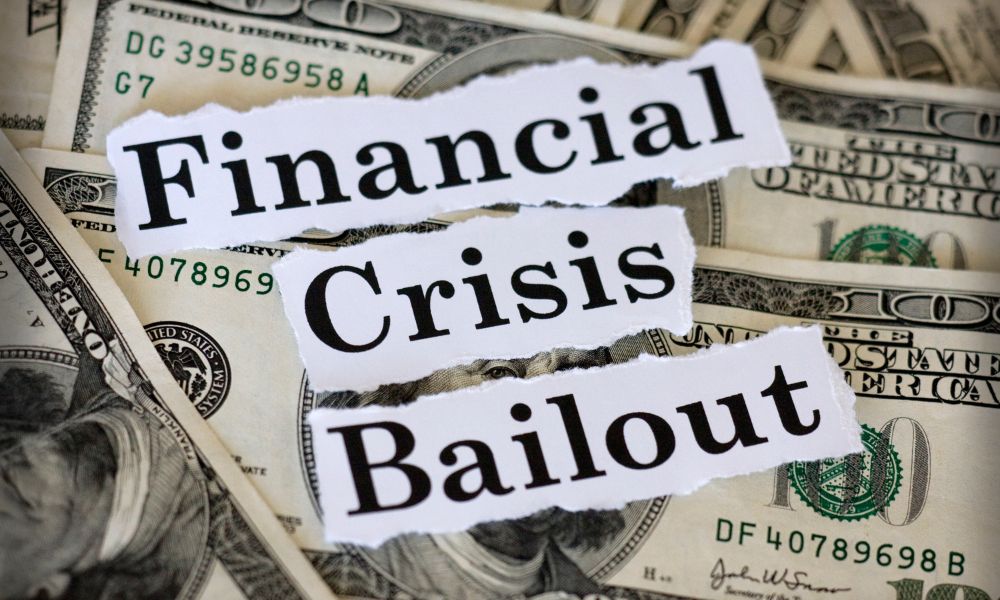
Forbearance agreements: The lender agrees to postpone or delay their foreclosure actions with the delinquent borrower. Sometimes, these foreclosure postponements may last months or years.
Deferment: The lender agrees with the borrower’s request to delay or defer their delinquent payments until a later date. In some cases, the late payments and penalties are added years later when the loan may become all due and payable.
Loan modification: The lender or mortgage loan service company agrees to reduce the existing interest rate and/or monthly payment amount so that the mortgage is more affordable as a way to avoid foreclosure.
Loan repayment plan: Both the lender and borrower mutually agree to add unpaid delinquent payments and late fees to the existing mortgage which may slightly increase their monthly payments or increase the loan term to give the borrower more time.
Reinstatement: After the borrower and lender agree to modify the monthly payments to avoid foreclosure, the loan is removed from foreclosure status and reinstated in “good standing.”
Seller-financed sales: If the homeowner needs a quick sale to a new buyer who can effectively take over his monthly mortgage payments and give the seller some much needed cash, the seller may consider creating some type of wraparound mortgage {contract for deed or all-inclusive trust deed (AITD)} or “subject-to” property transfer in which the buyer receives the deed to the property that is “subject-to” the existing mortgage still secured by the property.

Short sale: If and when the mortgage debt is greater than the current market value for the property (aka “upside-down” mortgage), the homeowner may consider contacting an experienced local Realtor who can help negotiate a discounted mortgage payoff with the lender when they find a qualified new buyer.
“Cash for Keys”: During the depths of the last major national foreclosure crisis between 2009 and 2013 especially, lenders were offering delinquent homeowners upwards of several thousand to $25,000 + to vacate the home while not damaging it or removing appliances.
Bankruptcy: For homeowners who are days away from losing their home at the final lender auction sale, they may consider filing Chapter 7 (complete liquidation of most debts) or Chapter 13 bankruptcy (a longer term workout payment plan).
6. The collapsing automobile lending sector: There are now 20,000 car repossessions per day and 600,000 repos per month.
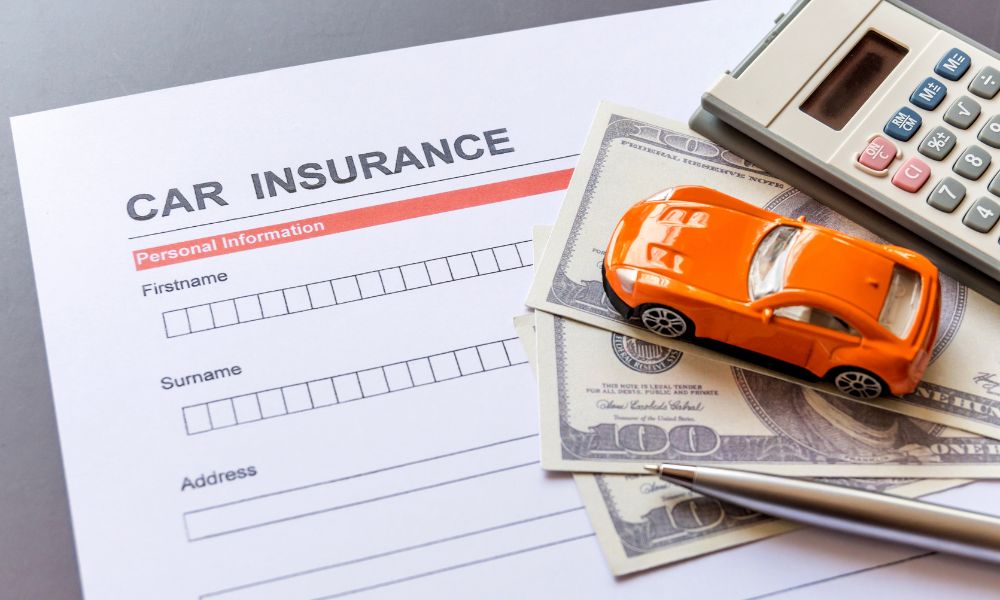
- Car insurance has increased almost 20% over the past year.
- In 2019, the average car payment was near $350 – $375. Today, it’s closer to $730 per month. Yes, car payments have doubled in just four years as the purchasing power of the dollar rapidly declines.
- The average cost of full coverage car insurance in Florida is now $300 per month. In 2021, Florida averaged more than 1,100 car accidents per day with 449 of these accidents involving alleged injuries which is a major factor for skyrocketing insurance costs there and elsewhere.
- 85% of new cars are financed with upwards of 125% loan-to-value (LTV) being fairly common partly to cover taxes, tags, warranties, and other costs.
- 1-in-6 Americans pay more than $1,000 per month for car payments. After adding insurance ($200 to $300+), gasoline ($200 – $300+), oil changes, and other maintenance expenses to the monthly payment, many people are paying upwards of 20% to 40%+ of their gross monthly income just for their car while paying another 40% to 50%+ per month for housing. (Partial source: First Notebook)
The choice between paying a mortgage or rent payment and making a car payment on time becomes more challenging as the economy continues to weaken.
7. Commercial real estate trends:

Multifamily apartment buildings have fallen the most out of all commercial property asset classes with a -13.8% year-over-year price drop as of May 2023. This is almost double the annual percentage losses for office buildings.
Right now, we’ve never had more residential housing units under construction at the same time with upwards of 1.7 million units, which includes a high percentage of new apartment units. The wave of new housing units that later hit the market for sale or lease may drive down sales and rental prices for other nearby properties.
Approximately 22% of all commercial mortgages nationwide were non-recourse loans as of 2021, per the Federal Reserve. A “non-recourse” loan makes it easier for the borrower to walk away and avoid deficiency judgments.
article continues after advertisement
8. Estimated U.S. Cost of Living:
Food – $1,000 per month
Car Payment – $716 per month
Car Insurance – $150 per month
Gas – $200 per month
Cell phone – $100 per month
Housing – $1,702 (average one-bedroom apartment rent)
Health or Medical Insurance – $500 per month
Utilities and Internet – $150 per month (it’s closer to $500/month in CA)
Student Loans – $300 (monthly payment is 40% below national average)
Credit Cards – $300 (monthly payment is 40% below national average)
—————————–
Total: $5,118 per month
Annual: $61,416
Median Individual Gross Income: $34,987
Median Individual Gross Losses (taxes not included): – $26,429 (negative)
Median Household Income: $80,440 (two or more income sources)
How to set aside money each year: If you break down $10,000 into a daily savings goal, you would need to save about $27 per day to reach $10,000 in one year. To save $20,000 per year, reduce your monthly expenses by $54 per day.
9. Credit card debt:
Unpaid credit card debt recently surpassed $1 trillion for the first time ever and rates and fees reached all-time record highs this year.

“A credit card borrower with the average $5,733 credit card balance at 20.55% will be in debt for over 17 years if they make just the minimum payments every month, according to Rossman. They will also pay about $8,400 in interest on top of the $5,733 balance, he said.” – CNBC
Sadly, a higher percentage of credit card rates today are closer to 25% to 30%+, so it will take much longer to pay the debt off.
Paying off credit card debt: 1. Opt for zero percent balance transfers; 2. Create a debt payoff plan; 3. Seek professional help; 4. Keep saving, if possible; and 5. Consider filing for bankruptcy protection (as low as $200 online for do-it-yourself plans). If so, I will teach you how to quickly rebuild your credit after the Chapter 7 bankruptcy discharge.
10. Finding distressed properties:
There are millions of distressed homes in probably just California alone. Please look for unkept front lawns, FSBOs (For Sale by Owner), and seek out distressed property lists that may include mortgage, homeowners, and property tax lien lates.
Network with groups like ours and share business cards with your sphere of influence which include details about how you offer quick cash for homes. If you have an exceptional deal but no cash, please bring the deals to our next meetings or email them to me.
Our So-Cal Real Estate Investors group can be found at www.socalrealestateclub.com and my brand new Learn Real Estate group is now on Facebook. Remember, out of chaos comes opportunity!

Rick Tobin
Rick Tobin has worked in the real estate, financial, investment, and writing fields for the past 30+ years. He’s held eight (8) different real estate, securities, and mortgage brokerage licenses to date and is a graduate of the University of Southern California. He provides creative residential and commercial mortgage solutions for clients across the nation. He’s also written college textbooks and real estate licensing courses in most states for the two largest real estate publishers in the nation; the oldest real estate school in California; and the first online real estate school in California. Please visit his website at Realloans.com for financing options and his new investment group at So-Cal Real Estate Investors for more details.
Learn live and in real-time with Realty411. Be sure to register for our next virtual and in-person events. For all the details, please visit Realty411.com or our Eventbrite landing page, CLICK HERE.
